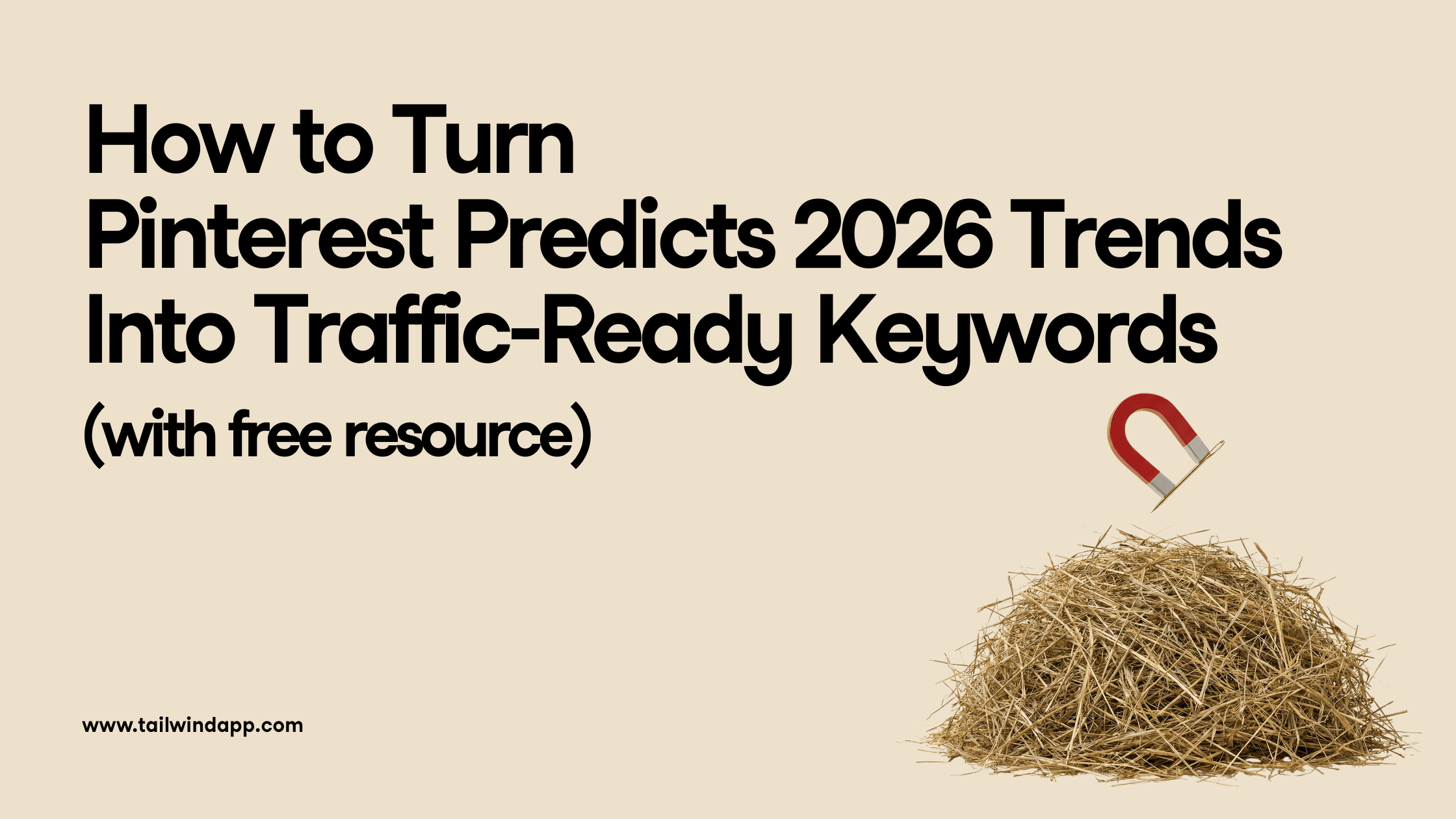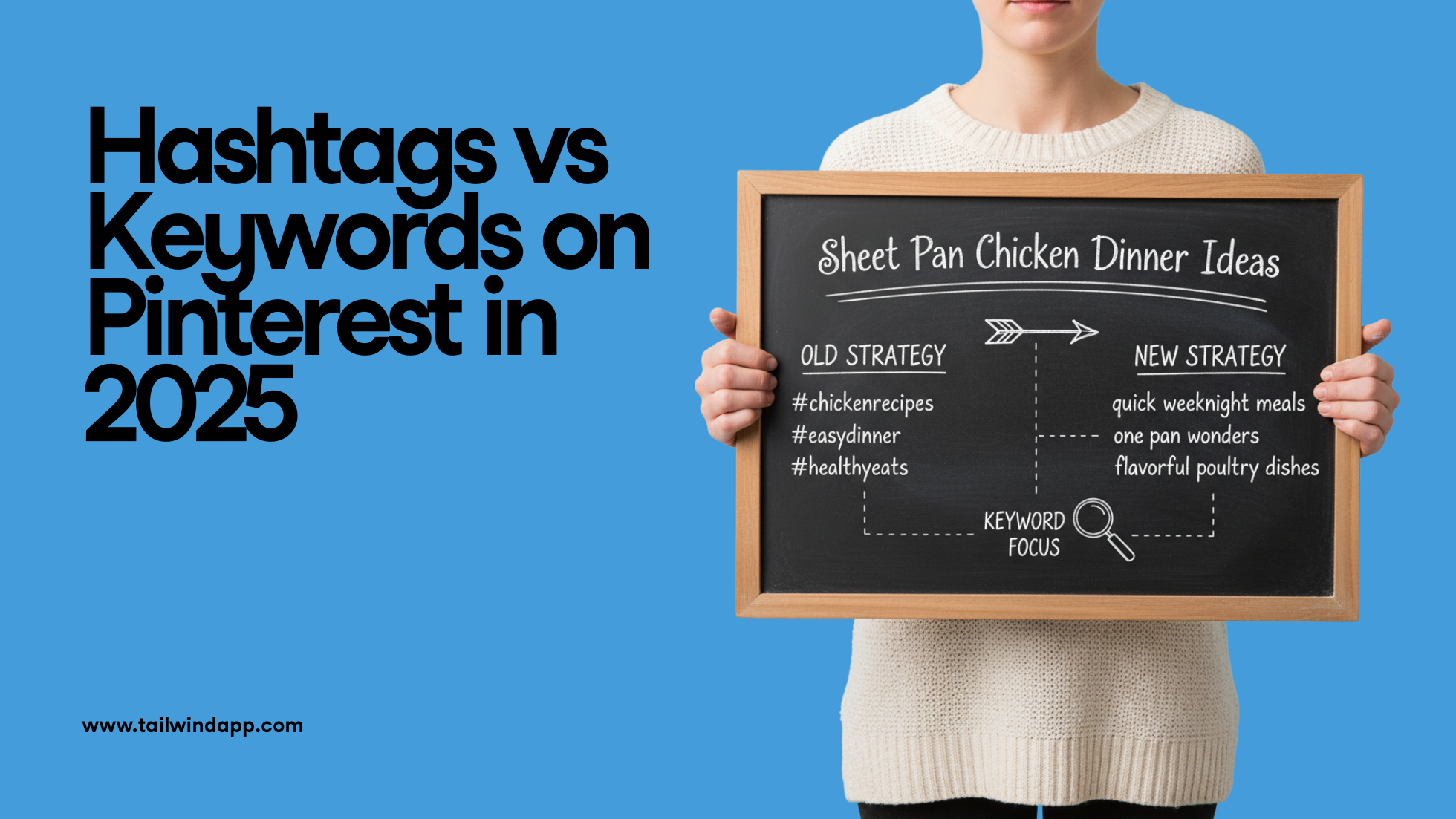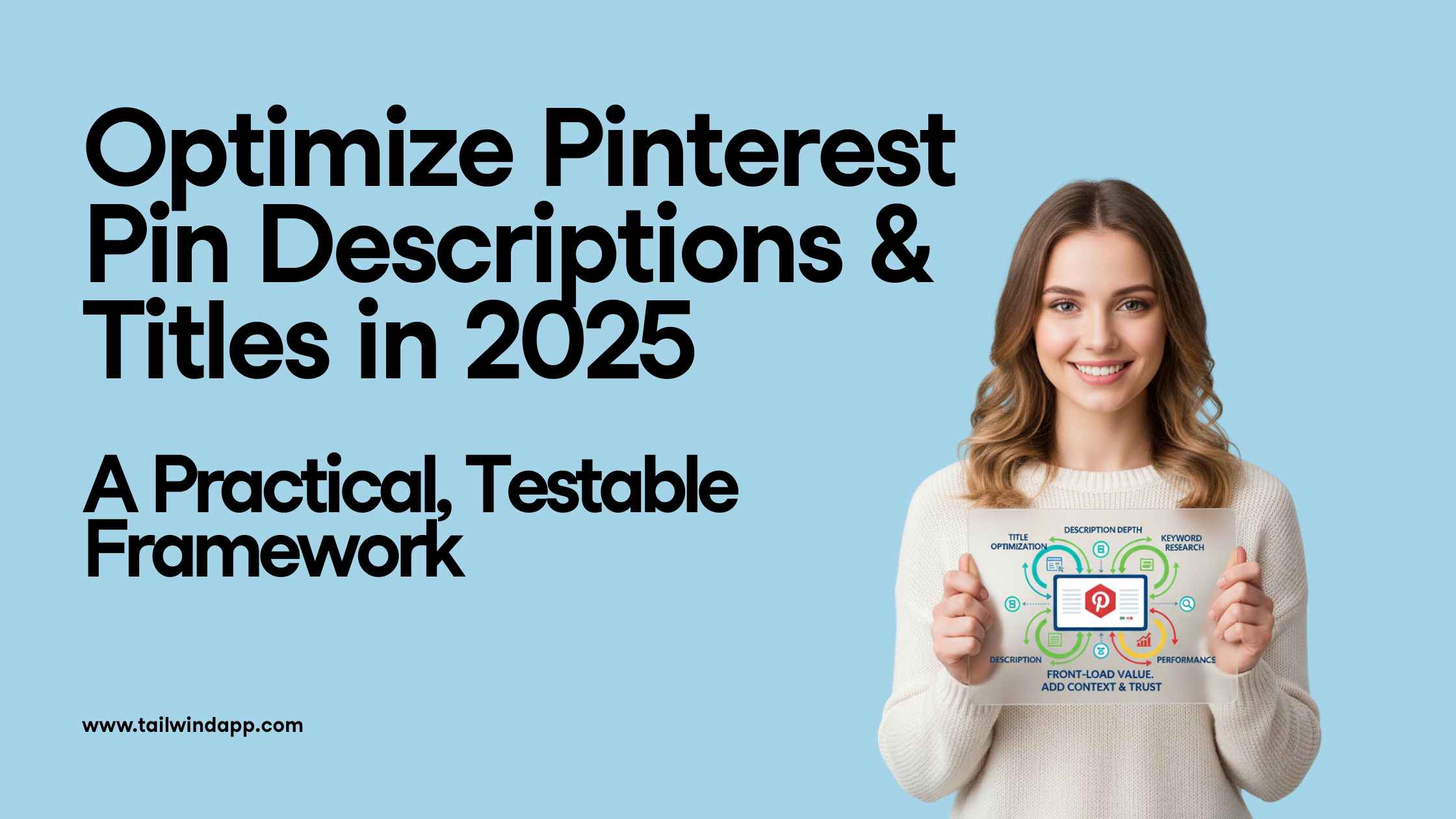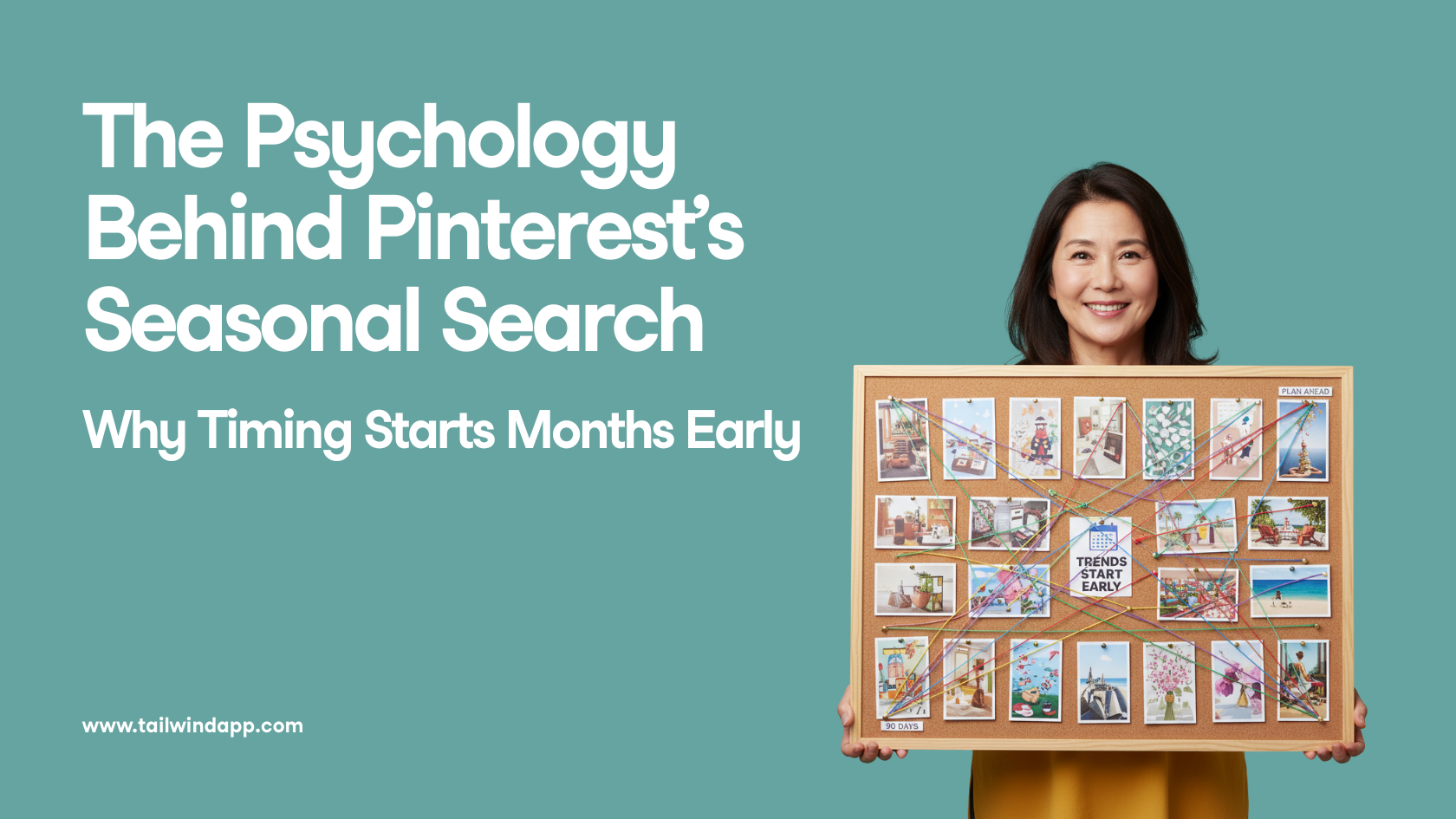
You might be a creator who works with brands, or a social media marketer dabbling in influencer marketing. Or, maybe you’re just curious about how influencer marketing on Instagram works!
Any way you slice it, branded content disclosures are everything.
Knowing how you should be disclosing your brand partnerships (or how your collaborators should!) keeps your marketing transparent.
And… it’ll keep you out of hot water with the FTC!
Here’s a quick guide to branded content disclosures, including what they are, how they work, and how they should appear on different types of content.
What is a Disclosure Statement?
A disclosure statement is any text, audio or visual you include in your content to highlight your relationship with a brand or business partner.
In other words, it helps you note up-front whether you’ve been motivated by a brand to endorse their products/services.
Important note: this doesn’t have to be financial motivation!
Instagram has a built-in disclosure statement that appears right below the creators username- check it out!
 Image via Instagram
Image via Instagram
Why Are Disclosure Statements Important?
The U.S. Federal Trade Commission (FTC) makes it mandatory for social media content creators to disclose their relationship with a brand.
Why does the FTC care so much? Well, a clear disclosure statement helps maintain transparency and empowers your followers (especially where buying decisions are concerned.)
It’s important for safeguarding the consumers’ interests and preventing deceptive advertising!
It also helps followers understand whether you’re recommending a product just because you like it, or have been sponsored by a brand to endorse it.
Following disclosure guidelines will keep you in the good books of the FTC and help you avoid any trouble.
After all, violating FTC guidelines can lead to lawsuits and fines. Not to mention, your public persona and reputation might take a hit. And we don’t want that!
So, now for the important stuff: when do you need to include a disclosure?
You Need a Disclosure Statement If…
According to FTC guidelines, your content must include a disclosure if you share a financial, personal, family, or employment relationship with a brand.
In other words, you need to disclose your relationship with a brand when:
- A brand pays you to endorse their product/service.
- A brand sends free products or gifts to you and you recommend one of these products in your posts.
- A brand offers discounts or other perks to you in exchange for an endorsement.
- You tag a brand with whom you’ve had a relationship in the past.
- Your audience or target demographic includes consumers in the U.S. (even if you’re based out of another country).
You Don’t Need a Disclosure Statement If…
It’s always wiser to err on the side of caution and include appropriate disclosures. However, you won’t need a disclosure statement if:
- You enjoy using a product you’ve purchased and recommend it to your followers.
- You use free product samples obtained from a local store and feature them in your posts.
How to Add a Disclosure to Your Post
First things first – make sure you carefully read Facebook’s branded content policies before posting sponsored content on Facebook and Instagram.
Then, familiarize yourself with the latest FTC guidelines on branded content! You’ll find the PDF below :
Disclosures 101 for Social Media Influencers (FTC)
FTC Guidelines Made Simple
Here are a few tips to help you get started:
- Make it evident – Add the disclosure statement towards the beginning of your posts so that your followers don’t miss it. Avoid hiding it under the “more” section or amidst a bunch of hashtags.
- Keep it simple – Use simple and easily understandable words to convey the message. Include words, such as “ad”, “sponsored”, “advertisement” to highlight the brand partnership.
- Don’t confuse your audience – Avoid using vague abbreviations, such as “spon”, “collab”, etc., that could mislead your followers.
- Use consistent language – Make sure the disclosure is in the same language as the rest of your post.
- Leverage hashtags – Although the FTC hasn’t made it mandatory to include any hashtags, it’s recommended that you use #ad or #sponsored for more transparency.
- Be authentic – Never lie in your endorsements. Even if a brand has sponsored your content, share your honest and unbiased experience of using their products/services. Also, don’t recommend products without trying them first-hand.
Adding a Disclosure to an Instagram or Facebook Post
Even if you’ve included a branded content tag, you should highlight the partnership in the caption of your post as well.
Remember, do it towards the beginning of your caption to remain FTC-compliant!
Adding a Disclosure to a Picture or Image
When uploading pictures or images in Instagram/Facebook stories, superimpose words, such as “ad” or “sponsored”, or similar hashtags on the image.
Adding a Disclosure to a Video
When it comes to branded video content, you should include the disclosure statement audibly in the video clip and clearly in the description.
Adding a Disclosure to a Livestream
Since your followers can join a live stream at different points, you’ll want to repeat your disclosure regularly during your Livestream.
If you say it just once, new audiences tuning in may miss it and be unaware that your livestream or products in it are sponsored.
Types of Disclosure Statements on Social Media
Now that you know when to include a disclosure, you might be wondering how to go about doing it!. Here are a few useful ideas for social media posts:
On a regular post, include a hashtag, such as #ad or #sponsored, in the caption. Note that just a hashtag itself probably won’t pass muster with the FTC.
To be safe, mention that the item was a gift in the caption, and/or use the partnership tool in Instagram!
 Image via Instagram
Image via Instagram
You can also thank the brand for sending you gifts or free products, or recognize up front in some way that the product or service was gifted, like Gina did!
 Image via Instagram
Image via Instagram
Gina also used an asterisk and “PR Product” in another caption to note which of the items in her outfit were gifted.
 Image via Instagram
Image via Instagram
While this tag is at the bottom of the caption, it’s on it’s own line and not hidden in hashtags or mentions. In other words, it’s pretty clearly visible to the reader!
As we mentioned before, you can also use branded content tools on Facebook and Instagram to highlight your relationship with a brand.
 Image via Instagram
Image via Instagram
And if you’ve created a larger piece of content containing the item, you can add a disclaimer in your blog posts (mentioning that the content is sponsored) before sharing photos on social media.
 Image via OneGoodThing
Image via OneGoodThing
Are Branded Content Tools on Social Media Enough?
Both Facebook and Instagram offer useful tools to let you include branded content tags in your posts and stories.
It typically adds the following header to your content: “Paid Partnership with…”
 Image via Instagram
Image via Instagram
You can add branded content tags in your posts or Stories by selecting “Advanced Settings” (on Instagram) or “Tag Partner” (on Facebook).
Make sure you do this before uploading your content!
However, while it’s an effective way of maintaining transparency, these tools aren’t enough to comply with the FTC guidelines by themselves.
That’s why you must include a transparent, authentic, and easy-to-understand disclosure statement in your content.
Conclusion: What Happens If You Don’t Include a Disclosure?
Disclosure statements are essential for content creators as well as advertisers.
Failing to include disclosure statements can result in FTC warnings and even lawsuits!
Don’t believe us? In 2019, the FTC sent warnings to 21 influencers, including Linsay Lohan and Naomi Campbell, for violating the disclosure statement guidelines.
So, suffice to say, they take it pretty seriously.
But, for good reason! Adding clear disclosures help influencers maintain transparency regarding brand partnerships, which creates trust with their audiences.
And they help brands advertise the right way, and avoid legal trouble with the FTC.
Our recommendation? Don’t chance it; the possible risks outweigh the rewards of not disclosing your partnership agreements. Stay transparent!
Pin Me For Reference :







